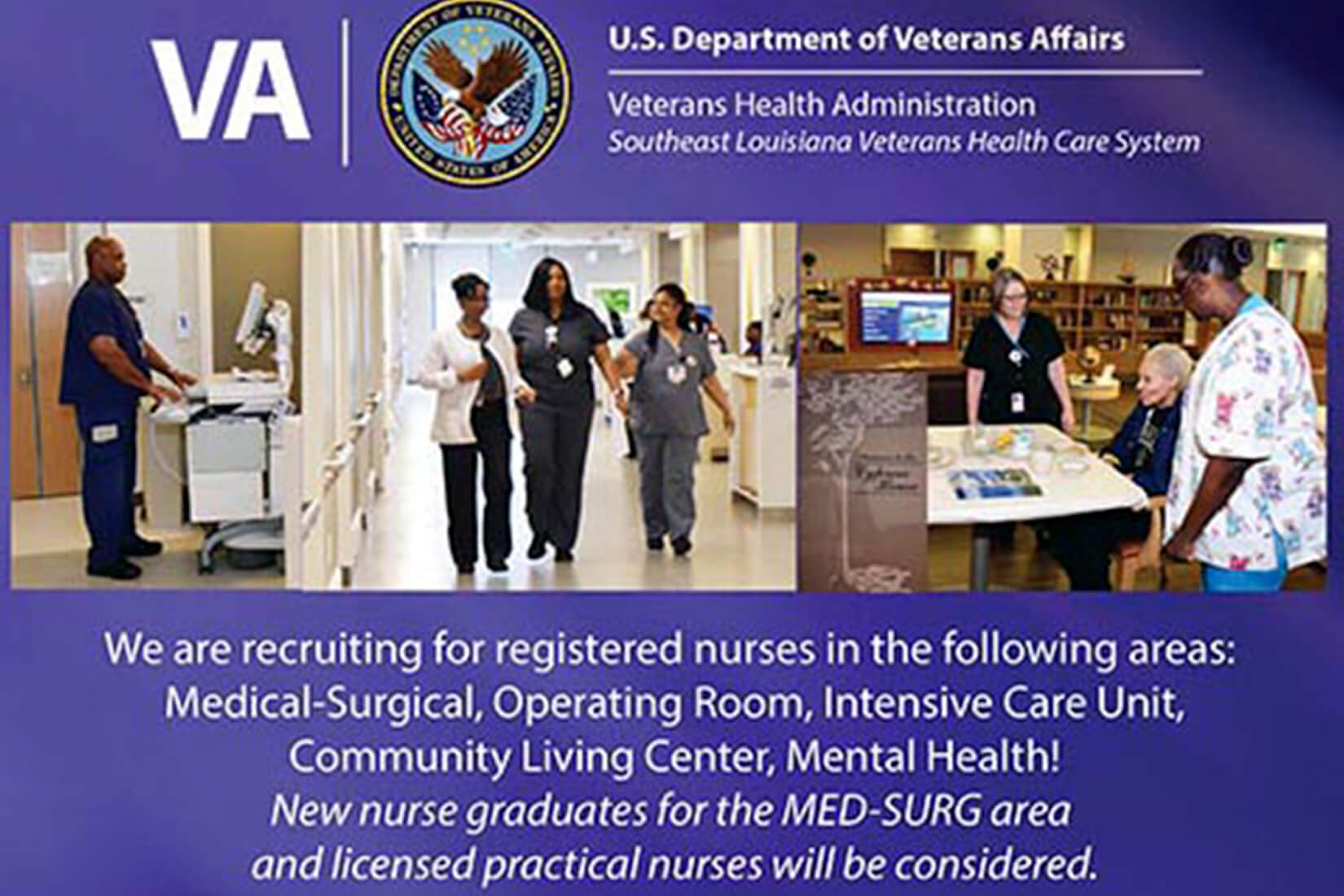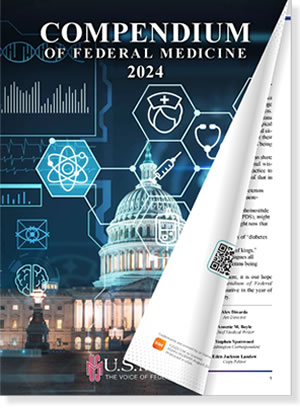WASHINGTON — A facility-specific survey found that 138 of 140 VA facilities reported shortages of medical officers, with psychiatry and primary care positions being the most frequently listed.
Nursing shortages were plagued 108 VAMCS, with inadequate staffing of staff nurses and practical nurses being the most frequently reported, according to a recent report from the VA Office of Inspector General (OIG).

*“Although this is the fifth Office of Inspector General (OIG) report on staffing shortages within VA’s healthcare system, it is the first report that includes facility- specific data reported by leaders at 140 VA medical centers,” VA OIG Inspector General Michael Missal said last month.
Data in the document, OIG Determination of Veterans Health Administration’s Occupational Staffing Shortages for Fiscal Year 2018, indicated that, among nonmedical positions, human resources (HR) management and police occupations were among the most often cited shortages.
The report repeats previous VA OIG recommendations for VHA “to develop a new staffing model that identifies and prioritizes staffing needs at the national level while supporting flexibility at the facility level to ensure taxpayer dollars are invested in delivering the highest quality of care to veterans,” Missal explained.
Missal made his comments at a recent House Committee on Veterans’ Affairs Health subcommittee hearing on VA’s hiring authorities. Lawmakers were trying to determine if expanded hiring authorities VA gained in recent legislation are alleviating some of the shortages.
“The VA cannot function on any level without high-performing appropriately staffed medical centers,” Subcommittee chairman Rep. Neal Dunn, MD, (R-FL) said at the hearing.
Peter Shelby, VA Assistant Secretary for the Office of Human Resources and Administration, told lawmakers that the recent VA OIG findings were consistent with prior annual reviews of VHA staffing needs, with physicians and nurses topping the list.
Having three personnel systems make it difficult for the agency to fill HR specialist positions, which are key to hiring, he pointed out.
“Strong HR is paramount in VA’s ability to serve veterans. The complexity of VA’s three personnel systems exacerbates our inability to fill HR vacancies and meet critical requirements,” he said.
Still, he told lawmakers that the scope and scale of VA makes vacancy rates cited by the media often seem higher than they really are. Overall, VA’s vacancy and turnover rates fluctuate between 9% and 10%, he stated.
“Taken in context, VA’s vacancy and turnover rates are very low,” Shelby advised, adding that, since March 2018, VA has filled more than 16,000 vacancies at the agency and increased end strength by nearly 3,000.
At the hearing, Debra Draper, director of healthcare at the Government Accountability Office, testified that VA lacks data on contract physicians and has “limited data” on physician trainees.
“As a result, VA does not know how many physicians it has, impeding not only its ability to determine current needs but also to appropriately plan for the future,” Draper said.
Medical Directors
When lawmakers inquired about VA’s challenges in hiring medical center directors, Shelby cited job demands and pay among the barriers to recruiting and retaining hospital medical center directors.
“It is an extremely demanding job. The counterparts in the private sector in some cases make four to five times what we are capable of paying in some markets. You combine that with the workload and it is very difficult to retain them,” he said.
At the time of the hearing he said, VA was working to fill 20 medical director positions, with five more impending vacancies. Congress recently gave VA direct hiring authority, so the agency could hire for these positions more quickly. Shelby noted, however, that the salaries remain capped at $153,000 a year.
“We tried direct hire on two medical centers. We got through the entire process and they rejected our offer because we could not meet their salary demands,” he said.
Shelby noted that if they had one market-based personnel system instead of three personnel systems it would give them the agility they need to compete in local markets for candidates.
When asked by Rep. Beto O’Rourke (D-TX) what “market pay” might look like for a medical director, Shelby responded that some flexibility is required but that $600,000 might be a possible maximum amount.
Max Stier, president and CEO of Partnership for Public Service, agreed at the hearing that market pay would make a difference in VA’s ability to hire medical center directors.
“You are paying the medical center directors less than you are paying the individual physicians in a marketplace in which those folks can make four, five, or six times that amount,” he said.
Stier also recommended during the hearing that,instead of three personnel systems in VA, there should be one system for the agency.
“Classification under these systems forces employees to accept salaries below those of both the private sector and comparable federal positions,” he explained in a written statement.

